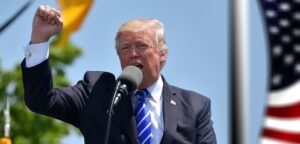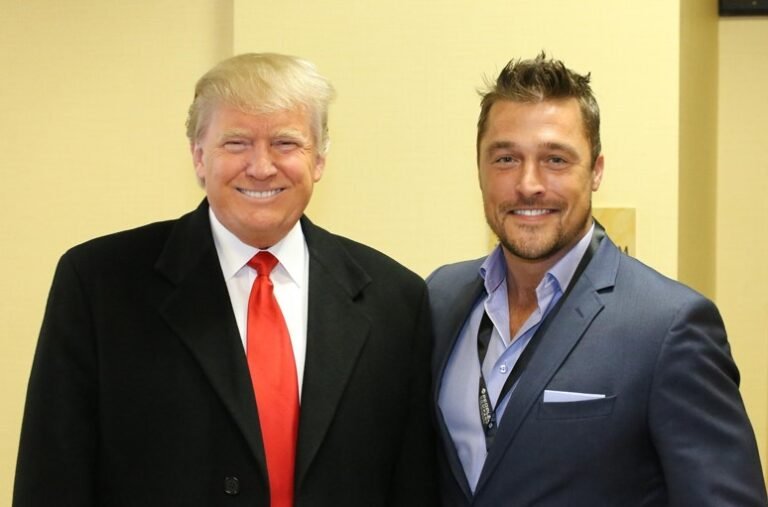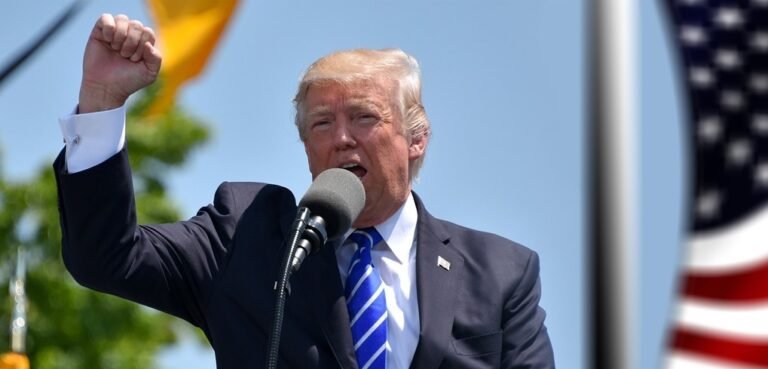Washington, D.C. — May 11, 2025
In a significant development that could reshape global economic dynamics, Robert Bessent, a senior economic advisor within the Office of the United States Trade Representative (USTR), has stated that the United States and China have made “substantial progress” in ongoing trade talks. This statement marks one of the most optimistic public assessments of the relationship between the world’s two largest economies since the height of their trade tensions in 2019.
Speaking at a policy forum hosted by the Brookings Institution, Bessent elaborated on recent breakthroughs in multiple areas of contention, including tariff rollbacks, technology transfer protocols, digital services regulation, and agricultural imports. While cautioning that negotiations remain “complex and fragile,” Bessent stressed that both parties now share a “mutual desire to stabilize the bilateral trade framework.”
A New Tone in U.S.-China Trade Relations
Tensions between the United States and China have dominated the geopolitical and financial landscape for nearly a decade, beginning with the initiation of the U.S.-China trade war in 2018. At its peak, over $350 billion worth of goods were subjected to punitive tariffs, triggering a global decline in trade confidence.
Today’s tone is markedly different. According to Bessent, both countries are working from a “blueprint of mutual benefit and enforcement-based compliance.” While structural issues remain, including intellectual property theft and market access restrictions, the new posture suggests a coordinated effort to avoid a repeat of the previous decoupling trend.
“We are no longer negotiating under duress,” Bessent stated. “We are building mechanisms that will endure the next five, ten, or twenty years of global trade.”
Economic Impact and Market Response
The impact of Bessent’s comments was immediate. U.S. equity markets surged in late-day trading, with the S&P 500 closing up 1.4%, the Dow Jones Industrial Average gaining 285 points, and the Nasdaq Composite rising by 1.7%. Investors interpreted the remarks as an early signal of policy normalization and potential easing of inflationary pressures caused by elevated import costs.
Meanwhile, global commodity prices also reacted positively. Soybeans, wheat, and copper futures saw notable increases, reflecting optimism about a renewed export pipeline from the U.S. to China.
According to the Council on Foreign Relations, the U.S.-China trade relationship underpins more than $700 billion in bilateral goods and services. Even a modest improvement in trade terms can have widespread effects, from supply chain resilience to corporate earnings guidance for multinational firms.
Key Areas of Progress Identified
Bessent outlined several core progress areas:
- Tariff De-escalation Roadmap
The U.S. and China have reportedly agreed in principle to a phased reduction of retaliatory tariffs, starting with industrial and agricultural sectors. This move would restore pre-2018 tariff levels on some $200 billion in goods. - Intellectual Property and Patent Security
China has committed to stronger enforcement mechanisms against intellectual property theft, with U.S. firms expected to receive expanded protections under newly proposed bilateral legal frameworks. - Digital Trade and Cross-Border Data
For the first time, negotiators are tackling cross-border data governance, including cloud computing standards, source code security, and online consumer protections. This represents a shift toward 21st-century trade frameworks. - Dispute Resolution and Enforcement
A new dispute settlement body, co-chaired by U.S. and Chinese delegates, is under consideration. This platform would handle conflicts via independent arbitration rather than unilateral retaliation. - Sustainability and Labor Standards
Though still in early discussions, there is growing interest in including climate-related trade incentives and labor rights provisions, aligning the deal with modern ESG considerations.
Expert Analysis: A Turning Point or Temporary Pause?
Dr. Alyssa Chen, senior fellow at the Carnegie Endowment for International Peace, noted that while the announcement is promising, past negotiations have often stalled at the final hurdle.
“We’ve seen breakthroughs before that unraveled due to implementation issues,” Chen said. “The difference this time appears to be the shared urgency. Both governments are under internal economic pressures that make a deal politically and economically necessary.”
Meanwhile, former U.S. Treasury official Michael Lowry emphasized that domestic politics in both nations could still impact the process:
“Trade is as much about economics as it is about narrative. If one side spins it as a concession, the other may need to walk it back. That’s the tightrope negotiators are walking.”
What’s Next in the Negotiation Timeline
According to Bessent, the next major meeting is scheduled for June 2025 in Beijing, where both countries are expected to finalize the first memorandum of understanding. If successful, this could lead to a broader, legally binding trade agreement before the end of the year.
Analysts suggest that the outcome of these talks will also influence discussions within international trade groups such as the World Trade Organization (WTO), the G20, and the Asia-Pacific Economic Cooperation (APEC) forum.
The Stakes Are Global
Bessent’s remarks have reinvigorated hopes for a more stable, rules-based international trading system. As the world continues to grapple with supply chain disruptions, inflationary trends, and geopolitical instability, progress between the U.S. and China could help stabilize not just bilateral commerce, but the global economy at large.
While the path ahead remains fraught with technical and political obstacles, the current momentum — supported by clear economic incentives and growing public pressure — suggests that a meaningful agreement is not only possible but increasingly likely.















